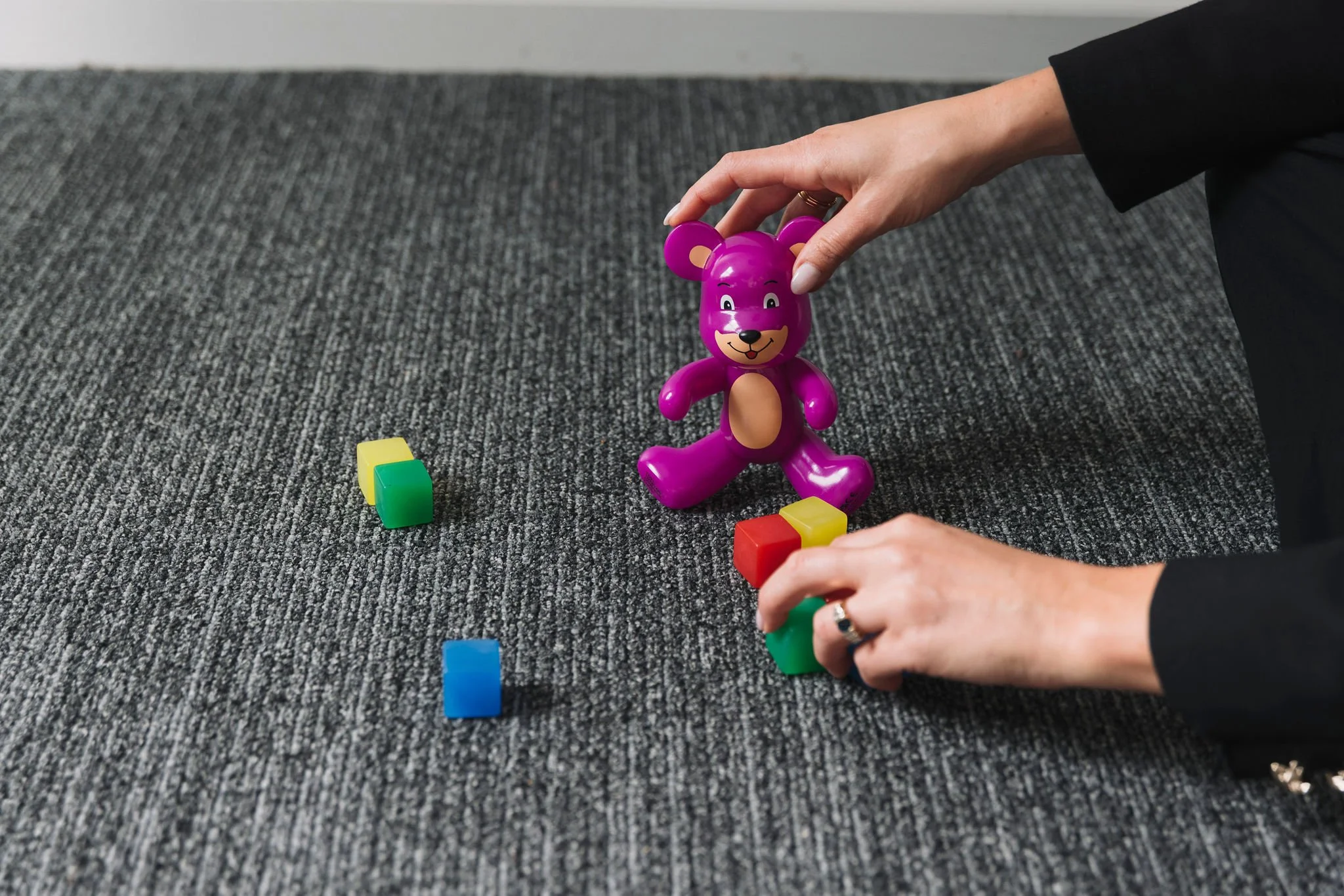
Speech and Language Testing
Speech and Language Testing
Comprehensive speech and language testing provides a detailed understanding of how a child communicates, processes language, and uses speech sounds. These assessments help identify specific areas of strength and challenge, leading to targeted treatment recommendations and support strategies that can make a meaningful difference in a child's communication development.
What Does Speech and Language Testing Include?
Our comprehensive evaluations assess multiple areas of communication development:
Speech Sound Production - How clearly a child pronounces sounds, words, and sentences, including assessment of articulation patterns and speech intelligibility.
Language Comprehension - How well a child understands spoken language, follows directions, comprehends vocabulary, and processes complex language concepts.
Expressive Language - How a child uses words, sentences, and grammar to communicate their thoughts, needs, and ideas effectively.
Social Communication - How a child uses language in social contexts, including conversation skills, nonverbal communication, and understanding social rules of communication.
Fluency - Assessment of speech flow, including any patterns of stuttering or disruptions in speech rhythm.
Voice Quality - Evaluation of vocal characteristics including pitch, volume, and vocal health.
Who Benefits from Speech and Language Testing?
Testing may be recommended for children who:
Are difficult to understand when speaking
Have limited vocabulary or struggle to find words
Use short or incomplete sentences
Have difficulty following directions or answering questions
Struggle with reading or academic tasks related to language
Avoid speaking in certain situations
Repeat sounds, words, or phrases (stuttering)
Have a hoarse, breathy, or strained voice
Were late to start talking or have a history of communication delays
Currently struggle with social dynamics and following interactions.
Our Testing Process
Our speech-language pathologists use standardized assessments, play-based observation, and parent/teacher input to create a complete picture of your child's communication abilities. Testing is conducted in a comfortable, child-friendly environment and tailored to your child's age, attention span, and comfort level.
Assessment typically involves some or all of the following:
Formal standardized testing
Informal observation and play-based assessment
Parent and teacher questionnaires
Review of medical and developmental history
Analysis of speech and language samples
Following the evaluation
Comprehensive written report that includes:
Clear explanation of test results
Identification of strengths and areas for growth
Specific recommendations for treatment or support
Strategies for home and school environments
Referral recommendations if additional services are needed
